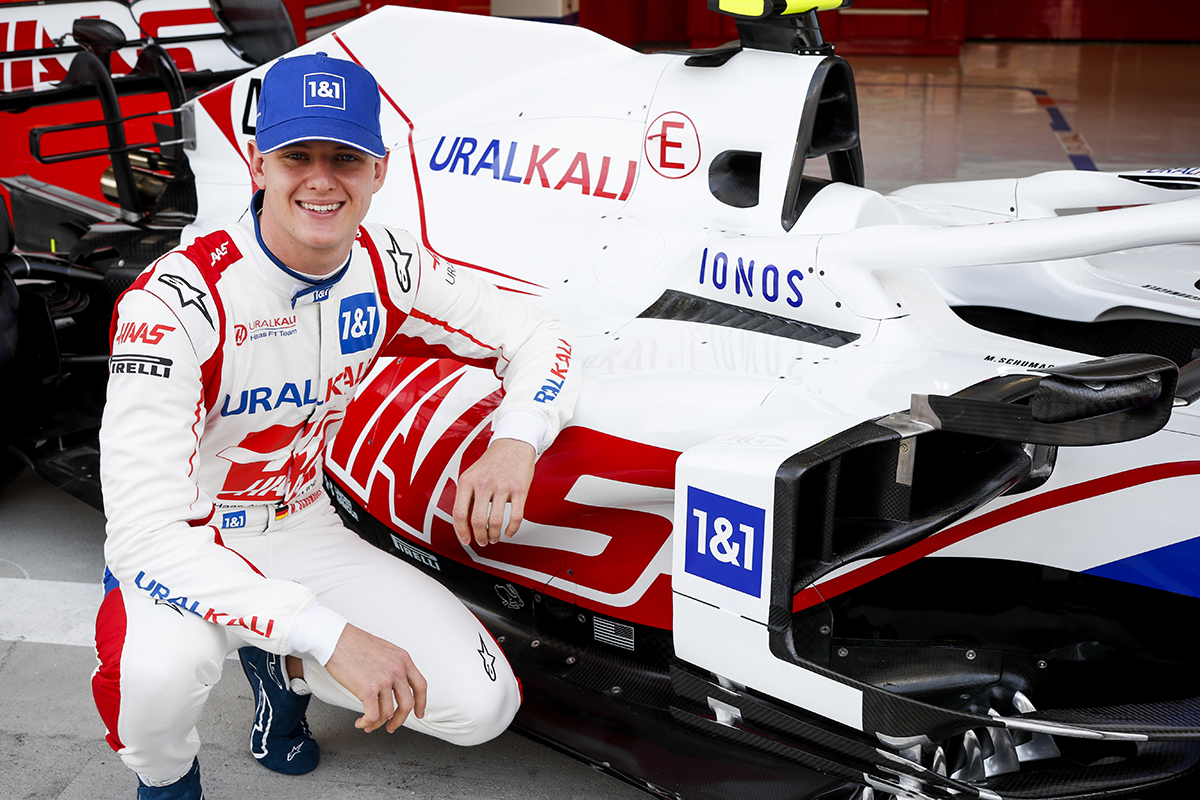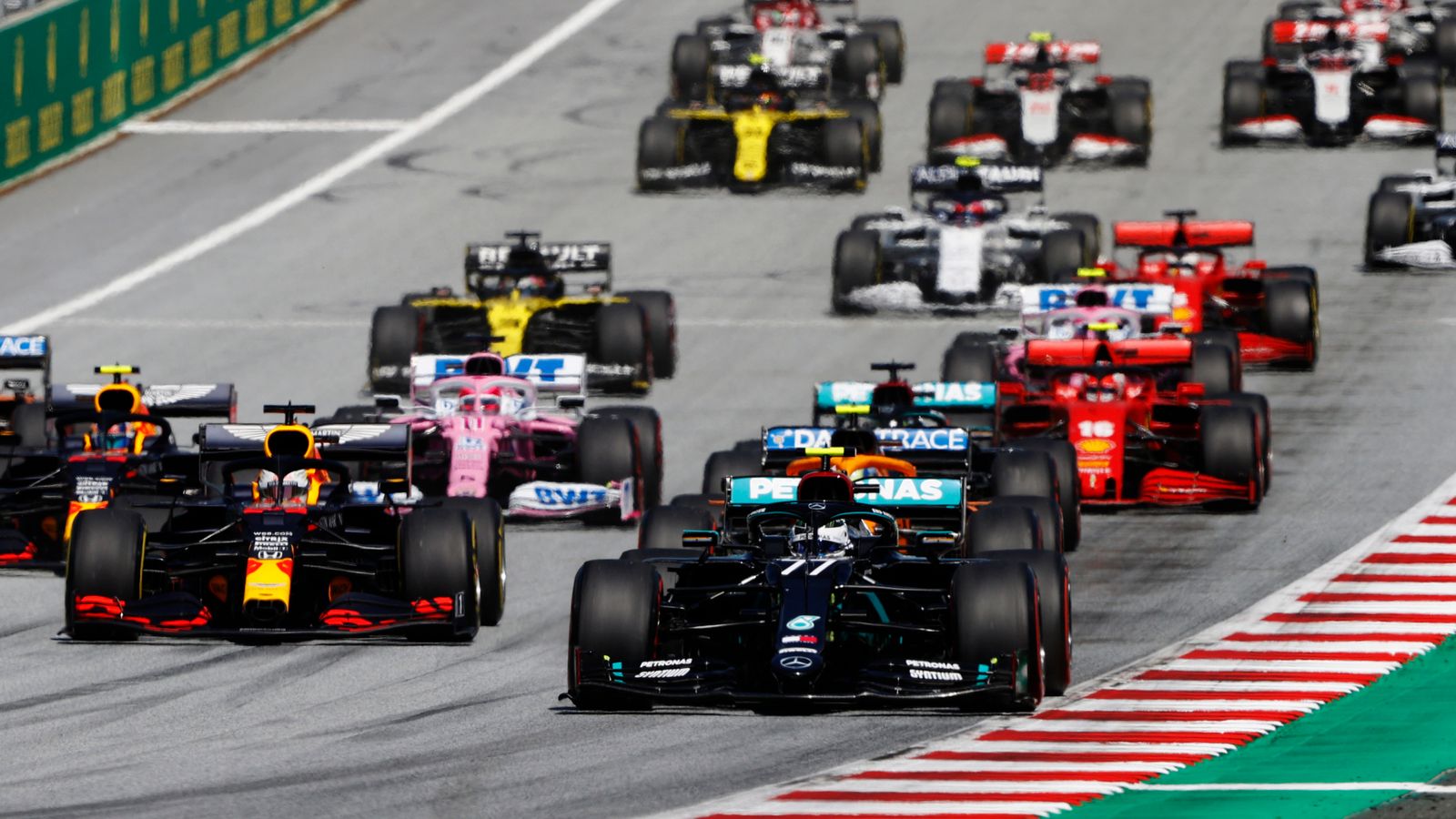At the commencement of a Formula 1 Grand Prix, the anticipation is palpable. Twenty drivers poised, five red lights illuminating one by one, marking the countdown to the moment that can define the race. This critical juncture demands extraordinary skill from the drivers and keen observation from their teams.
In a recent Podcast, Mick Schumacher, former Haas driver now serving as Mercedes’ reserve driver, and Bernie Collins, former Head of Race Strategy at Aston Martin, delved into the intricacies of the race start.

F1 cars line up on the grid in staggered rows, with pole position typically offering an advantageous starting position on the racing line. As the red lights on the gantry above the grid illuminate, drivers prepare to launch their cars with remarkable precision, typically within a mere 0.2 seconds of the lights extinguishing.
Mick Schumacher, reflecting on his experiences, expressed his affinity for the start, considering it one of the most exhilarating moments of the race. Conversely, Bernie Collins noted the helplessness of team strategists during this phase, as they are mere spectators to the driver’s focused execution.
Launching an F1 car requires synchronized actions of hand, foot, and mind. Schumacher elucidated the delicate balance required to manage the clutch and accelerator for an optimal start, emphasizing the importance of controlled wheelspin for enhanced performance.
Following the frantic dash from the grid to the first corner, drivers must navigate a blend of offensive and defensive maneuvers to gain or maintain positions.
Strategists on the pit wall keenly observe the unfolding events, assessing the implications for race strategy based on their driver’s position after the initial corners. Schumacher underscored the instinctual nature of the start, emphasizing the necessity of swift reactions devoid of conscious deliberation for optimal performance.

